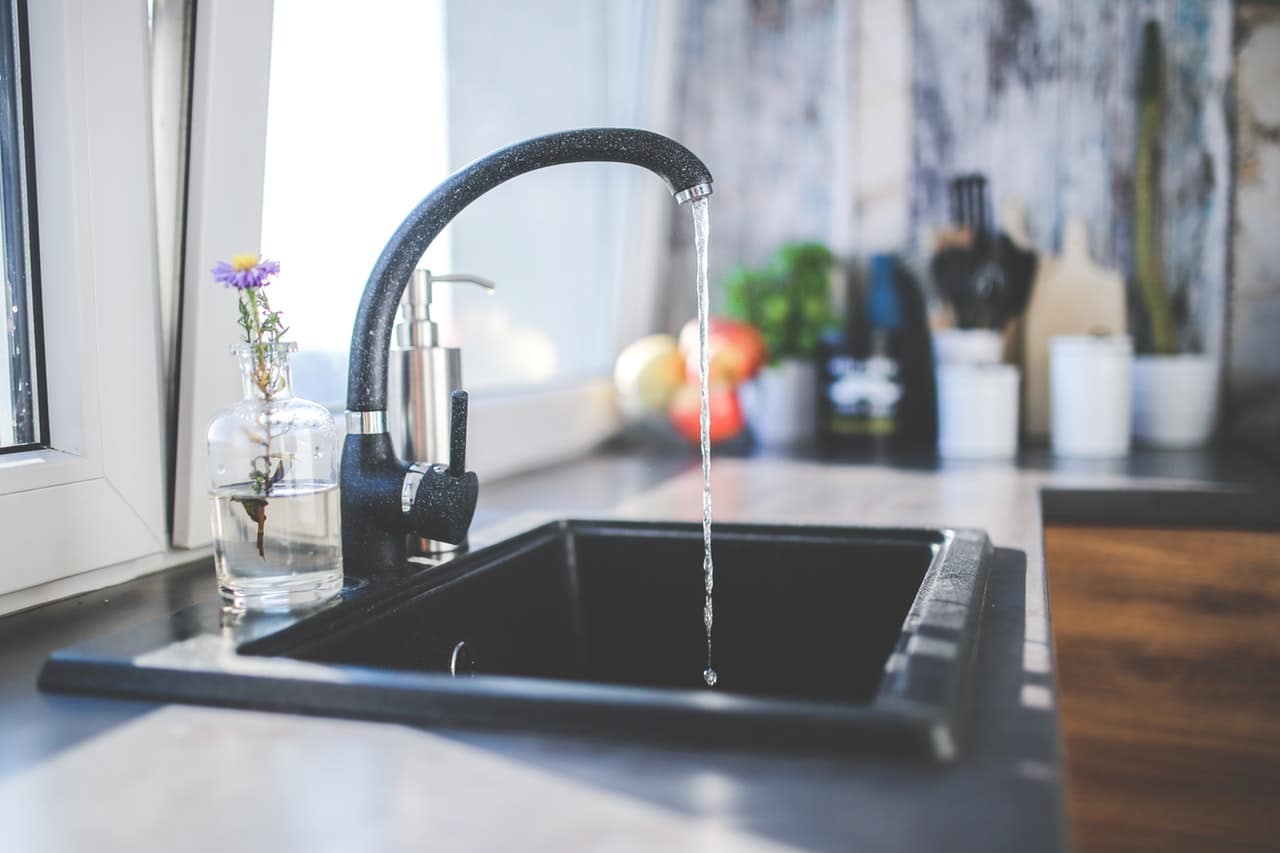The kitchen sink is probably the most abused part of the kitchen, for obvious reasons. If you want to know how to clean stainless steel kitchen sink and make your sink as pristine as possible, especially after cleaning large batches of dishes, we’ve got what you need in today’s blog.
How To Clean Kitchen Sink With Baking Soda
The simplest and best way to clean stainless steel kitchen sinks is with baking soda. Deep cleaning of sinks is necessary if you want to prevent bacteria from taking over the sink. Since we prepare food nearby and we also sometimes leave our plates and utensils in the sink, it is in our interest to ensure that the bacterial count in the sink is controlled through regular cleaning.
To begin the cleaning process with baking soda, remove all of the contents of your sink first. Leave nothing in it, because we are going to scrub every inch of the sink from the sides and to the section near the drain. It would be a good idea to clean all of the items inside the sink, as well as those around it, to keep the area truly clean.
Remove your sink caddy as well as the drain stopper so we can get a good, deep clean going.
Turn on the hot water and splash some around the sink, so it’s ready for some soap. Pour some gentle/regular dish soap directly into the sink. Grab a sponge, brush, or a clean cloth and start scrubbing or wiping the sink. Be sure to get to the corners that are always wet but are rarely cleaned. You will likely get a lot of molds and mildew there (brown, green, or black). After the first scrub or wipe down, turn on the faucet again and rinse your sink.
Allow hot water to flow for a few minutes down the sink to soften any remaining stains and gunk down the drain. You can also boil some water in a pot and pour it down the sink instead that works, too. Rinsing with hot water should be done regularly, not just when you are deep-cleaning with baking soda. Warm water eases up oily gunk in the drain too, so this might help reduce the chances of clogs forming in the sink’s drain system.
After the initial scrubbing and dousing with hot water, it’s time to prepare the baking soda solution. To prepare the solution, you will need to combine one cup of warm water, ¼ cup of fresh lemon juice, and one teaspoon of baking soda. Mix all the ingredients in a small glass or bowl with a spoon and make sure all of the ingredients are combined properly.
Pour the mix into the sink (make sure to spread everything properly) and allow the solution to stand for five to ten minutes. The longer you keep the solution standing in the sink, the more effective it will be. In terms of disinfection, you will need a minimum of ten minutes to kill as much bacteria as possible with that one batch of lemon juice and baking soda.
After five to ten minutes of just letting the solution work, it’s time to scrub down the sink once again. Use an old toothbrush to do away with gunk around the drain, as well as fat/oil stains you may find around the sink itself. Prepare another batch of the cleaning solution (this time, double the volume) and use it to clean the drain.
Pour the second batch around the drain and let it sit for another five to ten minutes. After the disinfection period, use your old toothbrush or sink brush to clean around the drain. After the second application of the lemon juice and baking soda solution, open tap again (hot water) and rinse the sink all-around a couple of times.
If you happen to have a ceramic sink at home, you can perform the initial steps outlined previously. Still, instead of using baking soda, we recommend using pure hydrogen peroxide to remove stains and whiten your ceramic sink. Hydrogen peroxide (3% to 6% solution) can be purchased easily in drug stores and can be used as a disinfectant and sink cleaner. Use a brush or a clean piece of cloth to clean the surface of your ceramic sink and just use hot water to rinse everything out afterward.
How to Clean Stainless Steel Sink Stains?
Kitchen sink stains are usually just persistent food sauces and pigments from the ingredients that we prepare fresh, so these shouldn’t be too difficult to remove. How to clean kitchen sink stains? There are three cleaners that we frequently use for our sinks at home: white vinegar, baking soda, and fresh lemon juice. Combined with your common brush or sponge and plenty of hot water, no stain stands a chance. Here’s how you can use these ingredients to keep your stainless steel sink gleaming.
For hard water stains around the sink faucet and on the handle, use pure white vinegar. Pour white vinegar onto a clean cloth and apply the white vinegar to the faucet and around it. Wipe vigorously until you see the hard water stains coming off. Let the vinegar stand for a few minutes to get the disinfection going before wiping down once again. If you can pour hot water over the faucet and around it, do so, but be careful with the hot water and be sure to wear protective gloves.
To keep the area around the drain clear of stains and the drain clog-free, we recommend regular cleaning with pure baking soda or a combination of freshly squeezed lemon juice and baking soda. Baking soda has a clarifying effect on oils and other common household stains, so it makes sense to use it frequently. Baking soda also helps eliminate and deodorize the sink, so fishy smells are kept at bay.

